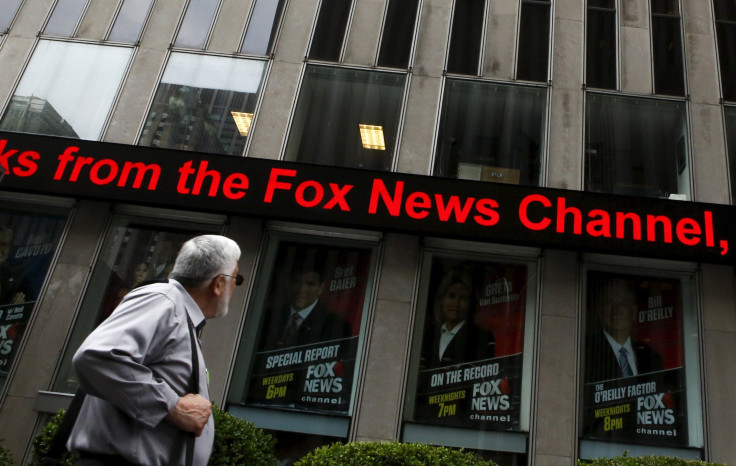National Geographic magazine now part of Rupert Murdoch empire

The very familiar yellow-bordered magazine has been sold off to 21st Century Fox, a partnership that is a part of the media empire built by Rupert Murdoch.
Its non-profit parent organisation, National Geographic Soceity, decided to trade it for US$725 million (AU$1.04 billion) after being faced with financial hardship to keep it going. Selling the magazine along with its book, map, studios and other media properties to the 21st Century Fox appeared to be the only way to keep the good work going for even longer. The 21st Century Fox, which is one of the biggest shareholders of the Murdoch’s media companies, also owns 20th Century Fox movie studio, Fox News Channel and Fox Television network.
According to the new deal, Fox will own 73 percent of what will now be known as the National Geographic Partnership, and the National Geographic Society will hold 27 percent. However, both the owners will have equal representation on the board and in the share governance as well.
"What this really is about is creating a new company with the National Geographic brand at its heart," James Murdoch, chief executive of 21st Century Fox, said in a joint telephone interview with Gary Knell by the New York Times. Knell, the chief executive of the National Geographic Society, will also become the first chairman of the National Geographic Partners board.
The deal is not only a hope for the magazine but for the society itself. The print publications have taken a backseat with the onset of the digital media. The National Geographic Magazine was about to face a similar fate.
Meanwhile, the standard of the much revered magazine after the trade-off remains a cause of concern for many. "I don't think that they would be investing in this brand if it weren't to keep the quality of what National Geographic stands for," Knell said.
Murdoch also assured that he would personally take the responsibility to abide by the mission and the culture of the National Geographic as it has so long been. "It is a creative business we are in, and we are in creative alignment," he said.
The National Geographic magazine was first launched in the year 1888 by the non-profit organisation National Geographic Society and went on to become one of the most potent magazines in the field of science, history and world culture.
Contact the writer at feedback@ibtimes.com.au, or let us know what you think below.





















